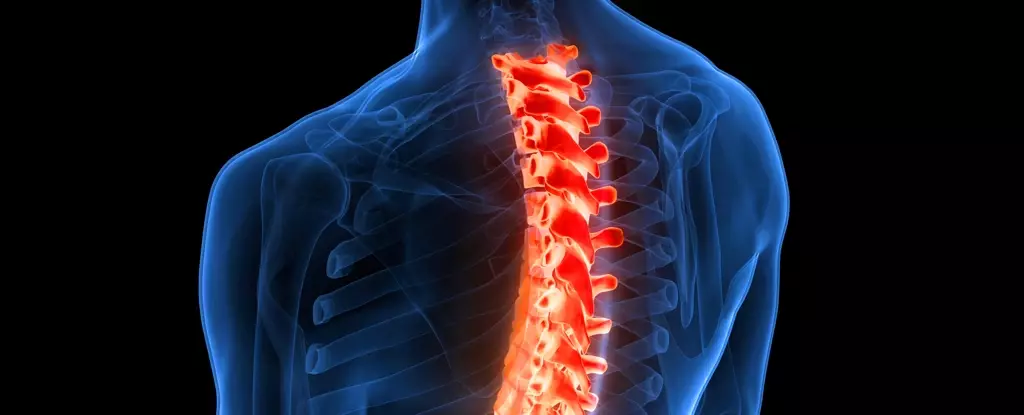The spinal cord, often overlooked in favor of the brain, plays a crucial role in not only relaying sensory information but also in controlling motor responses. While the brain is generally seen as the command center for movement, recent studies have shown that the spinal cord is far more complex than previously believed. It contains a diverse array of neurons that are capable of adapting and learning responses to different stimuli over time.
A study conducted on transgenic mice by researchers from VIB-Neuro-Electronics Research Flanders in Belgium has shed light on the role of a specific gene expressed in spinal nerves in memorizing responses to potential threats. This groundbreaking research challenges the traditional view that motor learning and memory are solely housed in the brain. By manipulating spinal cord motor recall, researchers have opened up new possibilities for therapies aimed at improving recovery after spinal cord damage.
In an experiment involving mice with transected spinal cords, researchers were able to demonstrate that the spinal cord is capable of learning and adapting to new stimuli without input from the brain. By subjecting the test animals to mild electrical shocks and monitoring their responses, the researchers were able to show that the spinal nerves could learn to react to negative stimuli over time. This finding opens up new avenues for understanding how the spinal cord can remain plastic throughout an individual’s life.
Through a series of experiments involving genetically altered mice, researchers were able to identify key genes that play a role in preserving the memory of learned responses in the spinal nerves. By selectively disabling certain genes, such as the Ptf1a and En1 gene, researchers were able to manipulate the mice’s ability to recall their learned responses. This highlights the intricate mechanisms at play in the spinal cord and how certain genes are crucial for maintaining memory and plasticity.
Understanding how the spinal cord is able to learn and respond to environmental changes throughout life has significant implications for medical research. By uncovering the underlying mechanisms of spinal cord plasticity, researchers hope to develop new treatments for nervous system damage in humans. This knowledge could pave the way for innovative therapies that improve recovery after spinal cord injury and enhance movement automaticity in healthy individuals.
The research on the hidden power of spinal nerves in learning and memory offers a fresh perspective on the complexities of the central nervous system. By highlighting the spinal cord’s ability to adapt and learn responses independent of the brain, researchers have provided new insights into the mechanisms of movement control. This opens up exciting possibilities for future research in the field of neurology and holds promise for the development of novel treatments for neurological conditions.



Leave a Reply